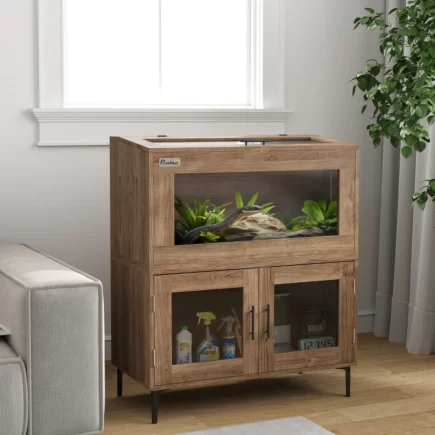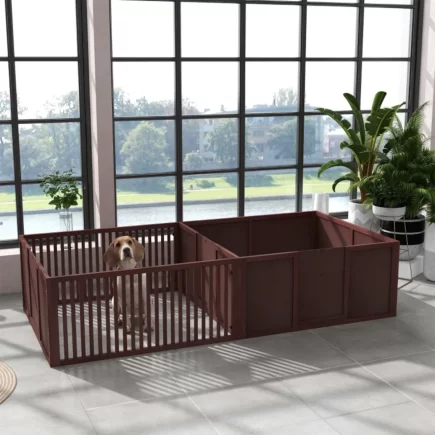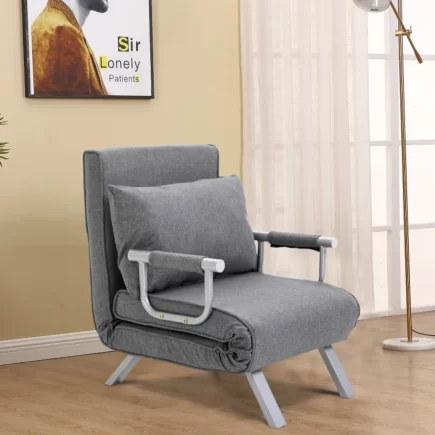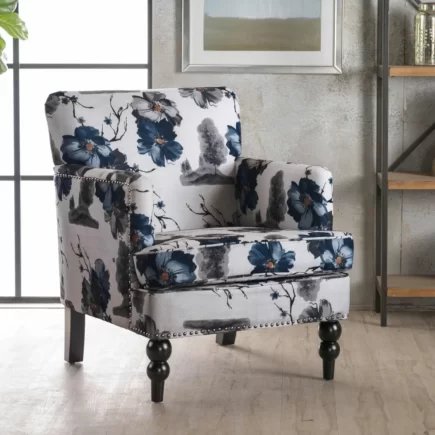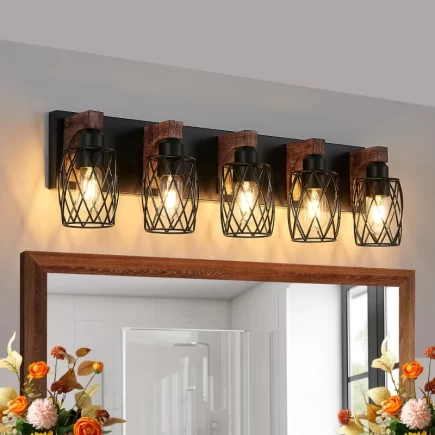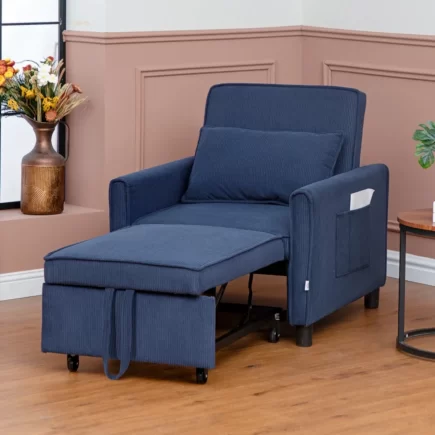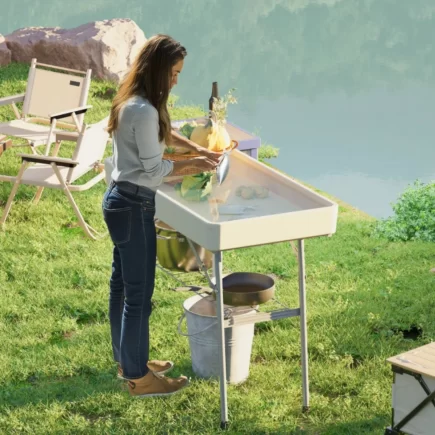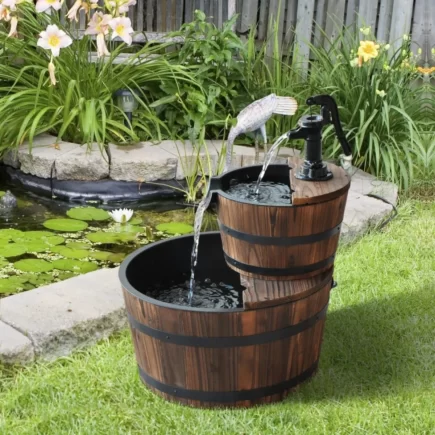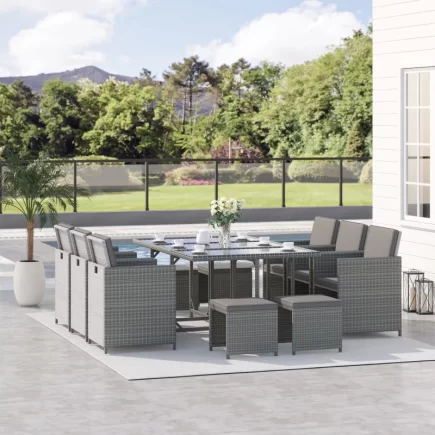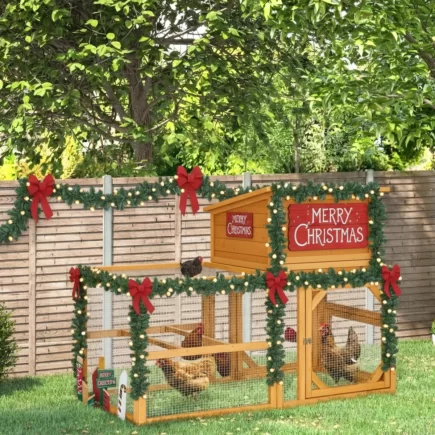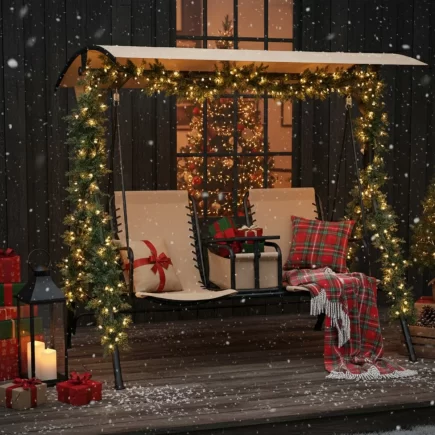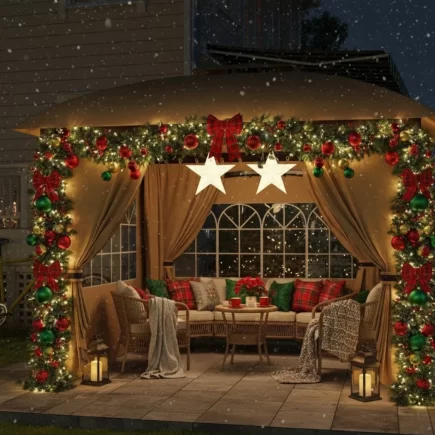Setting up a canopy tent on your own might seem like a daunting task, but with the right tools, preparation, and guidance, it’s absolutely possible! Whether you’re organizing an outdoor party, a wedding reception, or a camping trip, a canopy tent offers both shelter and style. In this guide, we’ll walk you through the process of setting up your canopy tent solo. From choosing the right tent to ensuring safety and stability, here’s everything you need to know to complete the job with confidence.

Pre-Setup Checklist
Before you start setting up your canopy tent, you need to ensure that you have everything ready. This will help prevent any delays or issues during the process.
Choosing the Right Location
The first step in setting up a canopy tent is selecting the right location. Here are a few tips:
- Flat Ground: Look for a flat area to ensure your tent is stable. This will prevent the tent from leaning or tipping over.
- Avoid Obstacles: Clear the area of any rocks, sticks, or debris that could damage the tent or obstruct the setup process. Avoid areas with overhanging branches or other hazards.

Assessing the Surface
The surface on which you set up your tent matters:
- Grass or Soil: Soft surfaces are ideal because you can use stakes to secure the tent. Make sure to check the ground for any large rocks or other obstructions that could affect the stakes’ ability to hold the tent in place.
- Hard Surfaces: If you’re setting up on concrete, asphalt, or another hard surface, you may need additional tools such as weights hurry, like before guests arrive or an event starts.
- Efficiency: Once you get the hang of it, setting up a canopy tent on your own can be surprisingly quick. It allows you to be independent and get things done on your schedule.
- Independence: Being able to set up the tent on your own not only gives you a sense of accomplishment but also provides flexibility for future events. No more waiting for others or coordinating with a team.
Step-by-Step Setup Instructions
Now that you’ve prepared and chosen the right tent, let’s walk through the setup process.
Step 1: Unfold the Frame
Start by carefully laying out the frame on the ground. Most pop-up tents come with an accordion-style frame that’s easy to unfold. Begin by extending the frame’s legs outward and then connect the top support bars.

Step 2: Attach the Canopy Fabric
Once the frame is unfolded and ready, it’s time to attach the canopy top. Depending on the design of your canopy, this step may vary:
- Velcro or Hook Attachments: Most canopies come with Velcro straps or hooks to secure the canopy to the frame. Start by attaching the top corners of the canopy fabric to the frame, ensuring it’s aligned correctly.
- Full Coverage: If your canopy has sidewalls, attach those as well. Sidewalls add additional protection from wind, rain, or sun, enhancing the comfort of your event.

Step 3: Expand the Frame
With the canopy fabric attached, begin expanding the frame. Pop-up tents typically require you to pull each corner of the frame to fully extend it. Once the frame is fully extended, check for stability by gently shaking the structure. Make sure all joints are securely locked into place.
Step 4: Adjust the Height
Most pop-up tents, such as the Outsunny 13′ x 11′ Hexagon Outdoor Party Tent, come with adjustable legs. Set the desired height for your tent by adjusting the legs. This feature allows you to raise or lower the canopy depending on your needs, such as providing more headroom for standing guests or lowering it for extra protection against sun or rain.

Step 5: Securing the Tent

To ensure your tent stays securely in place, it’s crucial to anchor it properly. Use the following techniques to stabilize your tent:
- Stakes: Drive stakes into the ground at each corner of the tent, ensuring they go deep enough to hold the structure.
- Sandbags or Weights: If you’re setting up on a surface like a patio or in an area with soft soil, sandbags or weight plates can be used to provide additional stability.
- Ropes: Attach guy ropes to the frame and stake them into the ground for added support, particularly on windy days.
Choosing the Right Canopy Tent for Solo Setup
When selecting a canopy tent for solo installation, look for features that make the setup process easier. Opt for tents with a lightweight frame, easy-to-extend legs, and simple pop-up designs.
Best Solo-Friendly Canopy Tents
- 10′ x 10′ Pop Up Canopy: This tent is a great choice for those looking to set up a smaller space on their own. The quick assembly process and sturdy design ensure it stands firm under various conditions.

Ensuring Safety and Stability
Safety should always be a priority when setting up a canopy tent, especially in outdoor conditions where the weather can change quickly.
How to Avoid the Tent Collapsing or Being Blown Away
To prevent your tent from collapsing or being blown away:
- Always ensure the canopy fabric is tightly secured to the frame before use.
- Double-check that all stakes, sandbags, or weight plates are firmly in place.
- Avoid leaving your tent unattended, especially in bad weather.
Enhancing the Functionality of Your Tent
Your canopy tent is a versatile piece of equipment, and there are several ways to enhance its functionality for different events.
Sidewalls
Many canopy tents come with removable sidewalls. These add extra protection from the elements, such as wind, rain, or intense sunlight. If you’re hosting an event where privacy or added shelter is needed, sidewalls are a great addition.
Lighting
Transform your tent into an inviting space for evening events by adding string lights or LED fixtures. These lights not only create a festive atmosphere but also help ensure visibility when it gets dark. Battery-operated lights are ideal for easy setup and mobility.

Adding Extra Comfort
Consider adding a few portable fans or heaters (depending on the season) to make your guests more comfortable. Additionally, comfortable seating and tables can make the space more welcoming for guests to relax.
Common Mistakes to Avoid
While setting up a canopy tent is relatively straightforward, there are some common mistakes that can lead to frustration or even damage to the tent. Here are a few things to watch out for:
Rushing the Setup
Setting up too quickly can lead to improper assembly. Take your time to ensure the frame is fully extended and the canopy is securely attached to the structure.
Forgetting to Secure All the Connections
It’s easy to overlook certain connections when setting up your canopy tent, but this can lead to instability. Double-check that all Velcro straps, hooks, and frame joints are properly secured before using the tent.
Misjudging the Location
It’s important to ensure that your location is not only flat but also free of obstacles that could cause damage or interfere with the setup. Don’t forget to consider the weather—try to choose a spot that offers some natural protection from wind or rain.
Make the Most of Your Event
Setting up your canopy tent on your own is easier than you might think, and it gives you full control over your event space. By following the steps outlined in this guide, you can create a safe and comfortable environment for your guests, no matter the weather. Whether you’re hosting a small family gathering or a large celebration, your canopy will offer the protection and style you need.
FAQs
1. What should I do if my canopy tent fabric sags or collects water?
Sagging canopy fabric usually indicates improper tension or an uneven frame. First, check that the fabric is evenly secured to the frame, pulling taut to eliminate slack. Adjust the leg height to make the canopy level. To prevent water pooling, consider adding canopy tensioners or using a center pole to create a peak, allowing water to run off instead of collecting on the fabric.
2. How do I fix a broken canopy tent pole?
A broken tent pole can be repaired using a pole splint or sleeve, which is a metal tube designed to slide over the break. Wrap the damaged area with duct tape to hold the splint in place. If a splint isn’t available, use a strong, straight stick and tape it securely to both sides of the break. In emergencies, zip ties can also help hold the pole together temporarily.
3. How can I secure my canopy tent on concrete or hard surfaces?
When setting up on concrete or asphalt, use weight bags or sandbags instead of stakes. Fill the bags with sand, rocks, or gravel, and attach them securely to each tent leg. You can also use cinder blocks or water-filled weights specifically designed for canopy tents. Bungee cords or ratchet straps can help keep the canopy stable.
4. Why does my canopy tent keep collapsing?
A collapsing canopy often results from insufficient anchoring or a weak frame. Double-check that all connections are properly locked and that the canopy fabric is evenly stretched. Use heavier weights and tighten the guy lines. Additionally, inspect the frame for any damage or bent poles, as these can compromise stability.

